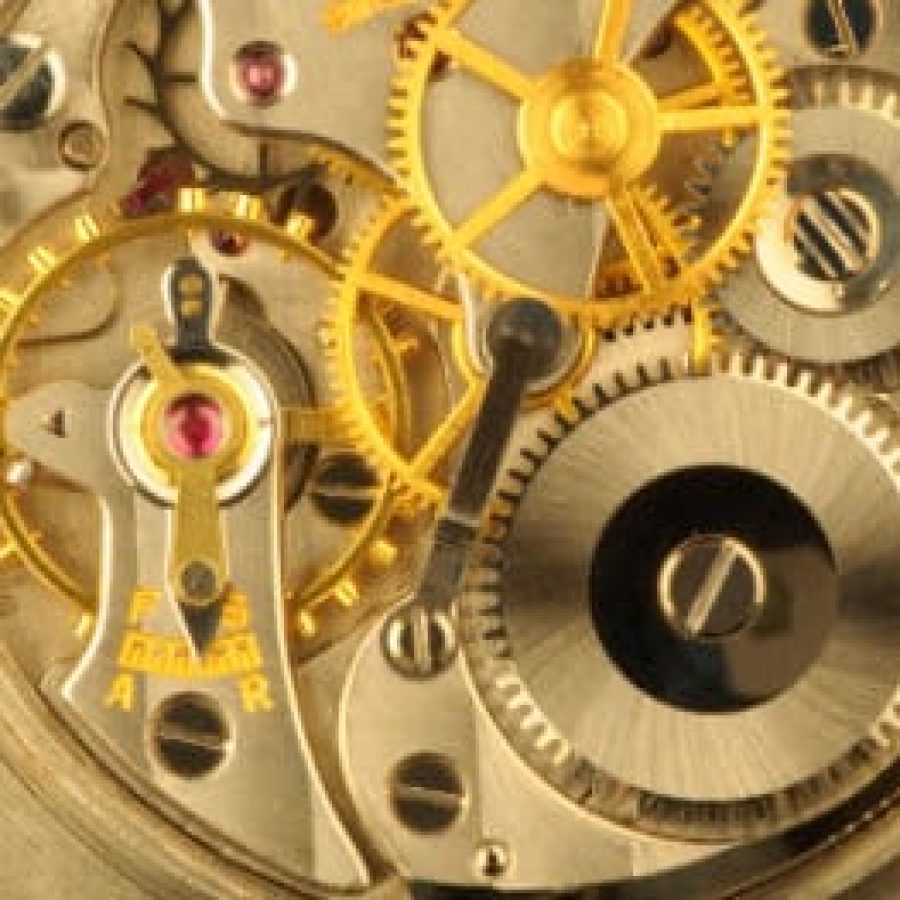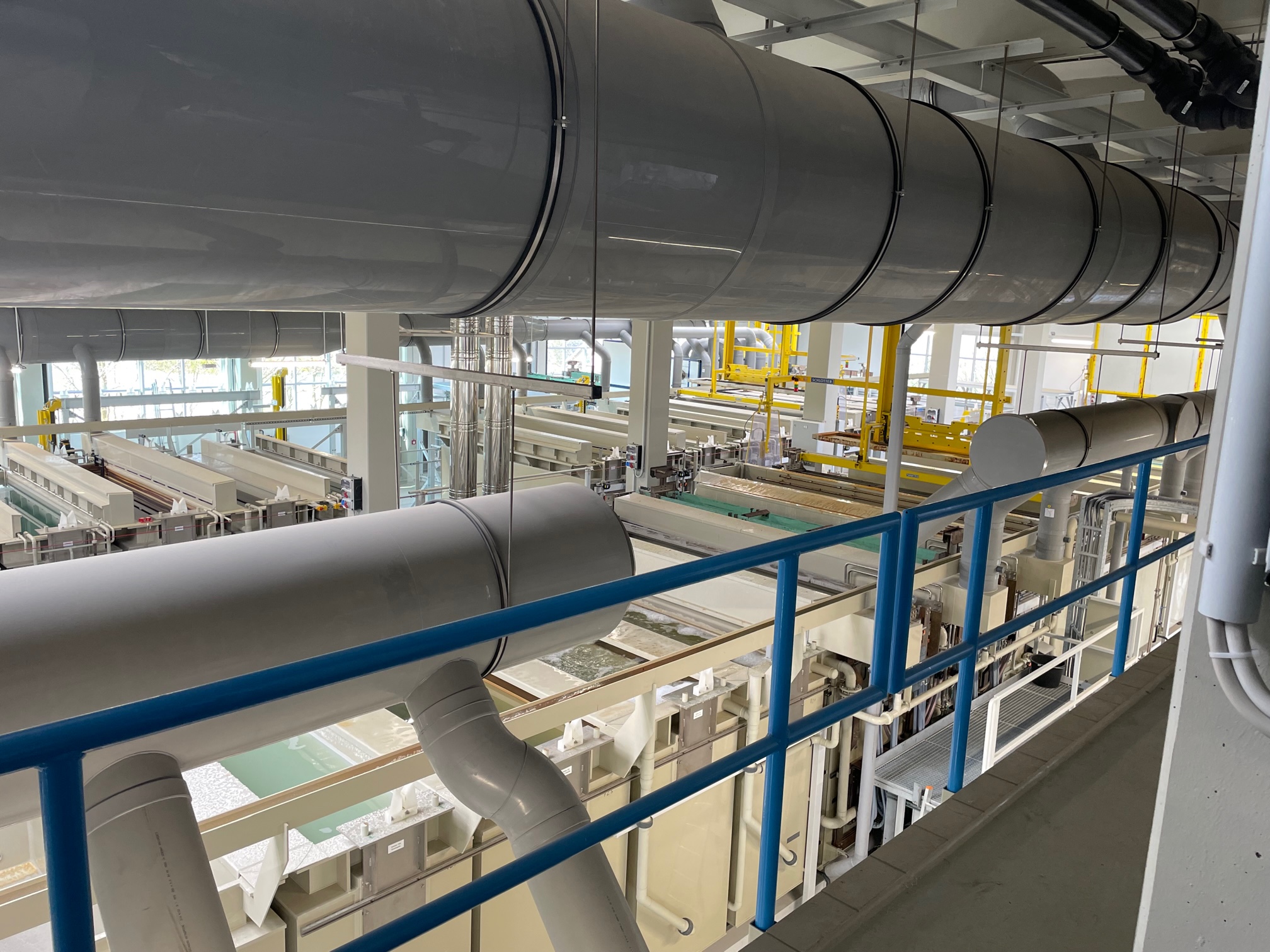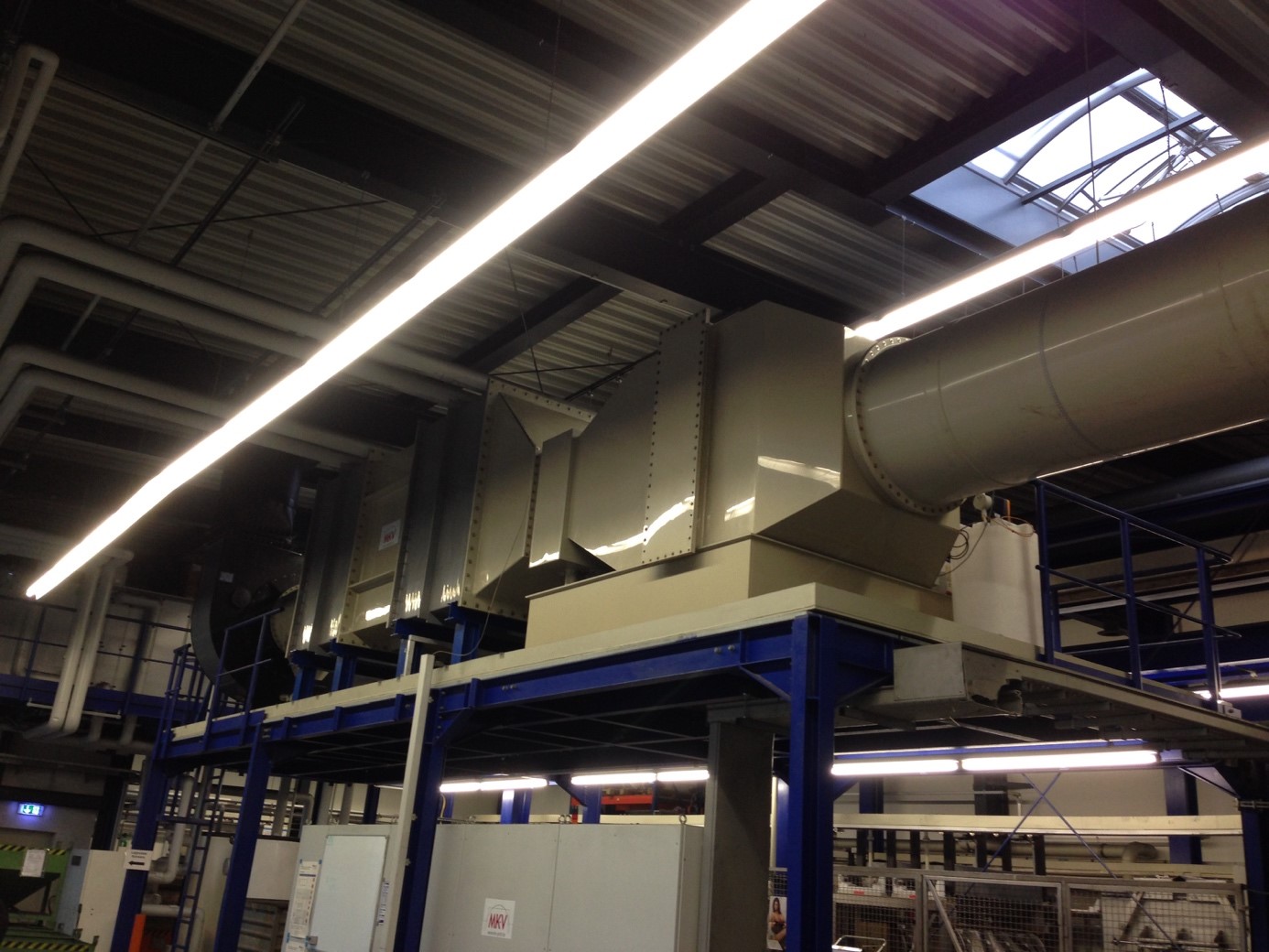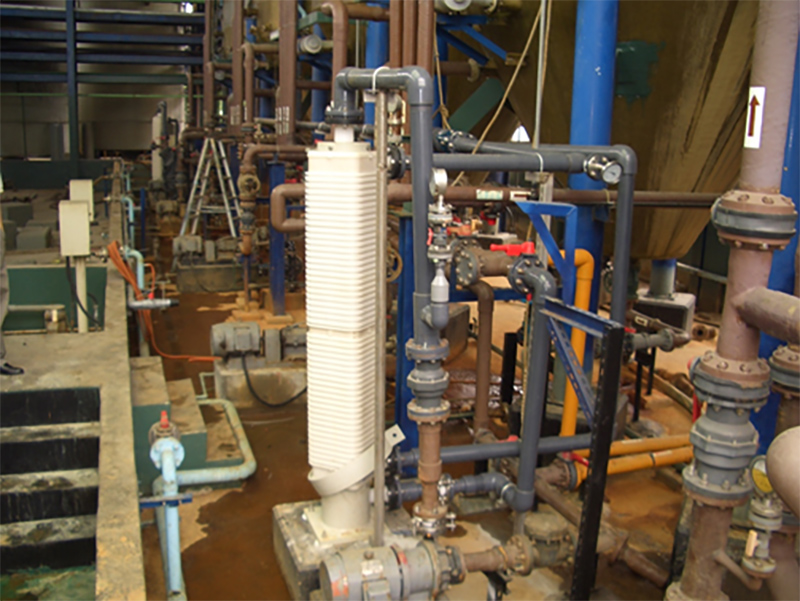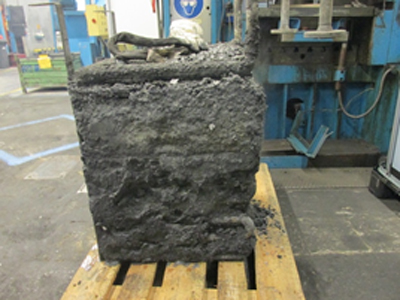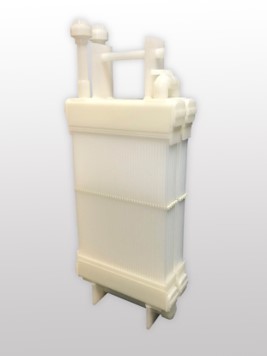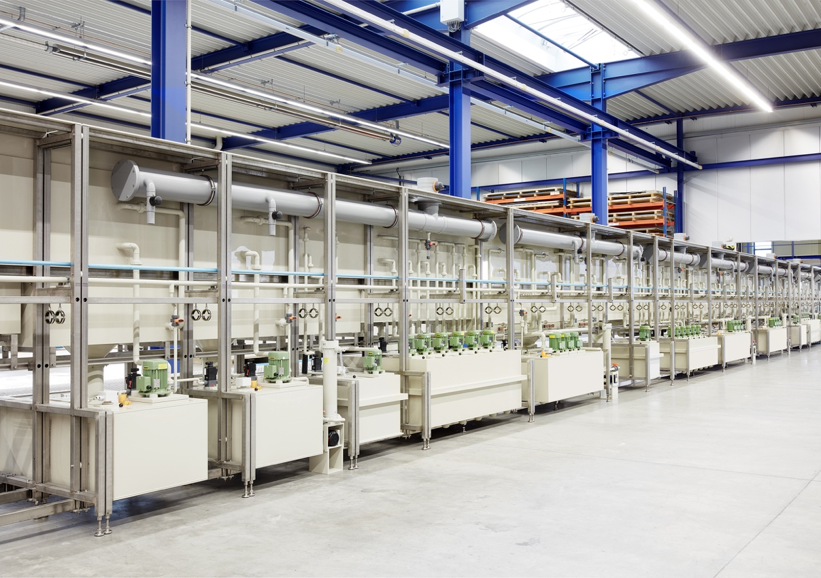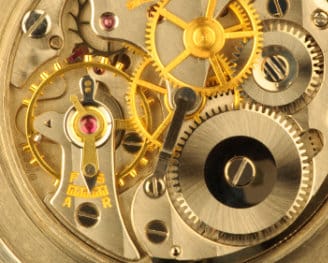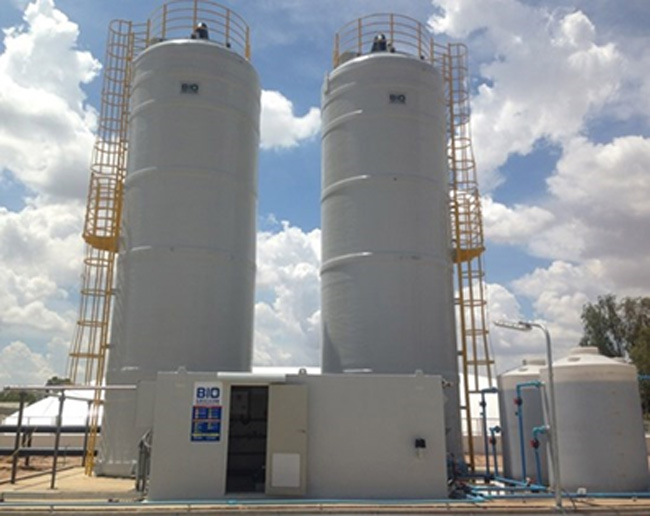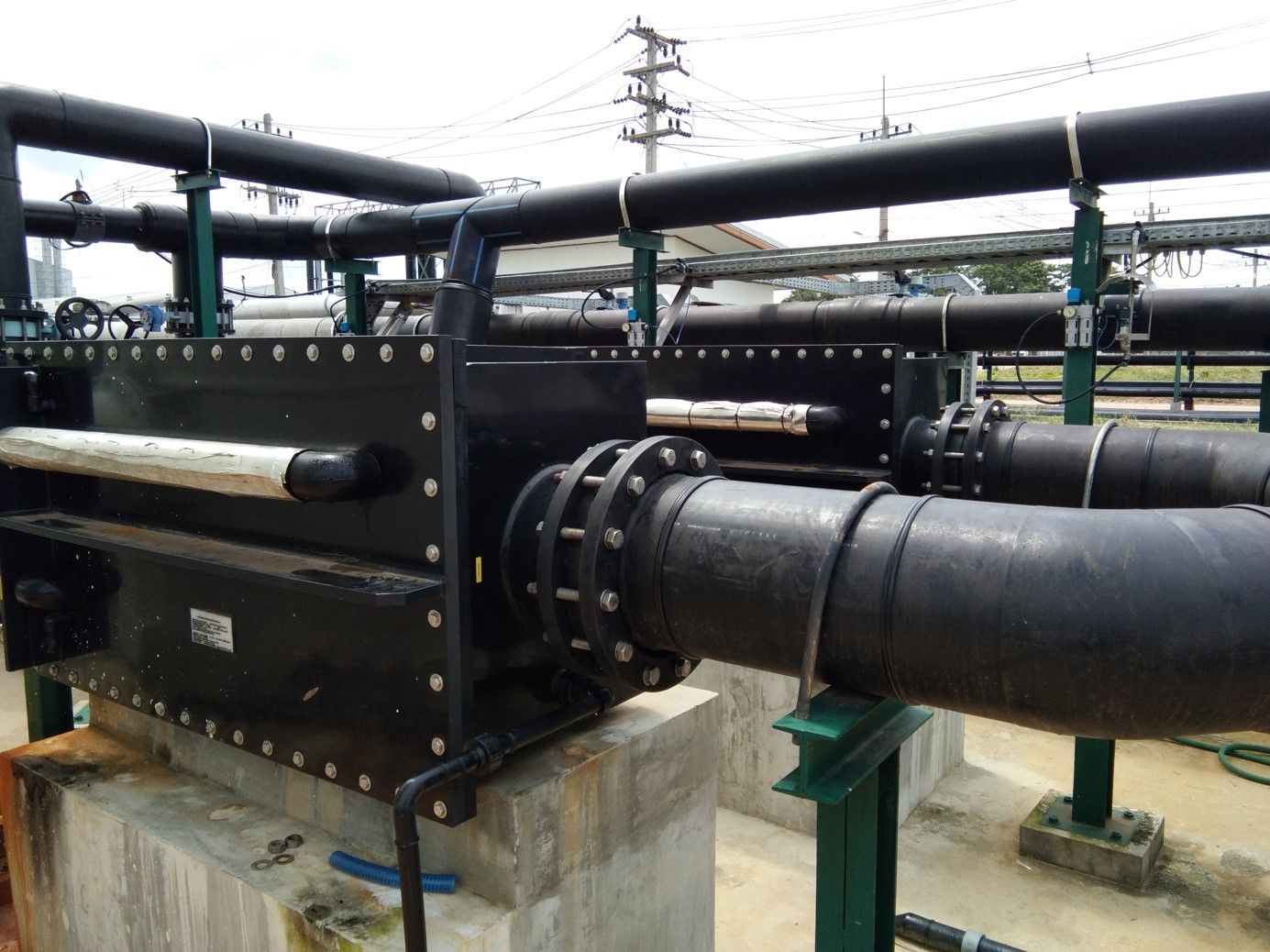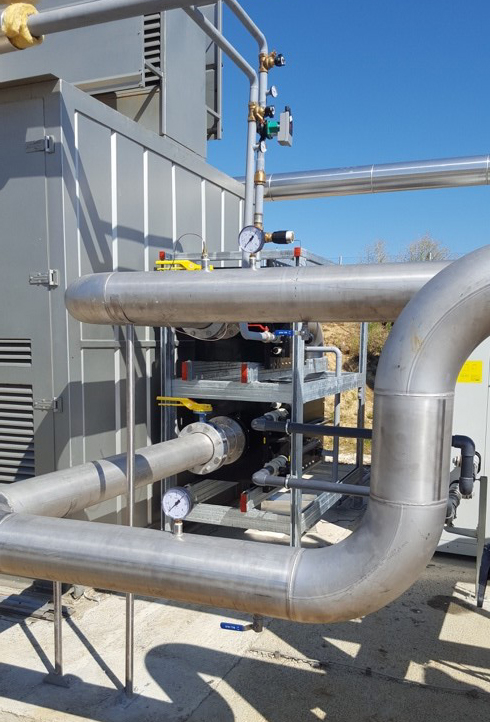Modernization with a focus on optimized fire protection
In a Spanish jewelry electroplating facility, the existing system is being modernized to make operations safer, more efficient, and future-proof. A central aspect is improving fire protection: instead of electrically heated tanks, modern heat exchangers are now used. They significantly reduce the risk of fire and increase operational safety – a decisive advantage in an industry that works with valuable materials.At the same time, precise temperature control is always ensured. This is essential because jewelry electroplating demands the highest quality – any error could jeopardize expensive materials and valuable end products.Electrically heated elements often cause temperature fluctuations: heating rods release heat locally and unevenly, leading to hot spots. In addition, their sluggish on/off control results in temperature swings of several degrees. Deposits on the heating elements amplify this effect even further. The result: unstable process conditions that can impair the quality of electroplated coatings. Calorplast heat exchangers, on the other hand, transfer heat across a large surface area, evenly and with fine control – keeping the temperature constant and ensuring process reliability at all times.
Challenges during the transition
- How can new systems be integrated when space is limited?
- Which materials can withstand the aggressive chemicals used in the process over the long term?
- How can investments be structured to deliver immediate benefits while remaining economically viable in the long run?
These are exactly the points that matter when it comes to making an electroplating plant safer and more powerful.
Compact heat exchangers as a smart solution
The choice: Calorplast bath heat exchangers, XS design. They are so compact that they require almost the same space as an electric heater – yet perform its functions more safely and more energy-efficiently:
- No exposed heating elements: Heat transfer takes place indirectly via a closed medium, so there are no ignition sources within the bath itself.
- Significantly reduced fire risk: Eliminating electric heating in the wet area drastically reduces the risk of short circuits and overheating.
- Greater operational safety: Heat exchangers operate reliably, allow more precise temperature control, and thus contribute to stable process conditions.
- Sustainability and efficiency: Integrated heat recovery systems enable the energy-efficient use of existing heat sources, saving costs and conserving resources over the long term.
Modernizing electroplating made easy:
Choose Calorplast heat exchangers for electroplating and benefit from maximum safety, process quality, and energy efficiency.
A special advantage: each heat exchanger is custom-built and delivered ready for installation. Especially when water pipes and suitable heating circuits are already in place, downtime can be minimized, and retrofitting can be implemented quickly and smoothly.
Safety meets efficiency
- Optimized fire protection – a crucial contribution to safety.
- Corrosion resistance against aggressive chemicals ensures particularly long service life.
- Low-maintenance operation reduces costs and increases planning reliability.
- High product quality thanks to precise temperature control and reliable process management.
This way, jewelry electroplating becomes not only safer but also more future-oriented and economically efficient.
